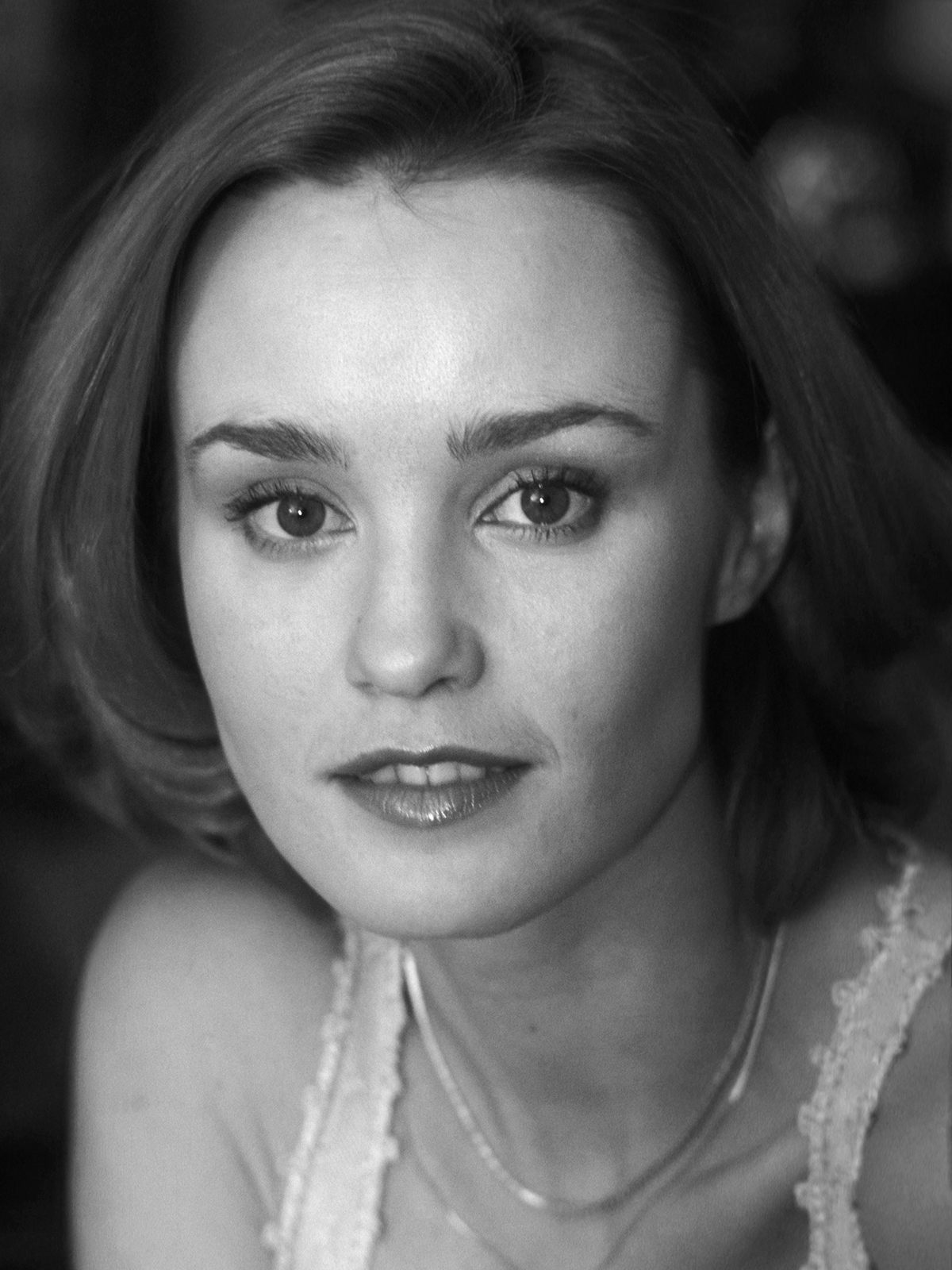
- Golden Globe Awards
Tomorrow’s Stars Yesterday: Jessica Lange, 1977
Between 1948 and 1983 Golden Globes were awarded in a special category of “New Star of the Year” conceived to recognize young actors making a mark in their early roles. In this series, the HFPA’s Phil Berk highlights those that would follow their auspicious starts with distinguished careers.
1977’s other New Star of the Year winner – Jessica Lange, went from her role as King Kong’s captive to becoming one of the screen’s most respected actresses. How did she do it? Determination – and it didn’t take her long. In fact, seven years later she won both the Oscar and the Golden Globe as Best Actress in a Supporting Role, despite being shackled by a contract she had signed with Dino De Laurentiis.
For the next 40 years, she amassed an amazing record of winning awards, 41 in total including Oscars, Golden Globes, Emmys, and a Tony, proving herself as accomplished on stage as she is on screen. While studying art and photography at the University of Minnesota, Lange met and married Spanish photographer Paco Grande, who introduced her to a bohemian lifestyle, eventually moving to France, where she studied mime with Étienne Decroux.
Returning to the US, Lange was discovered by fashion illustrator Antonio Lopes and became a model for Wilhelmina. When De Laurentiis went looking for an ingenue for his remake of King Kong, he signed her to that seven-year contract. Her Golden Globe as New Star of the Year followed, but her performance was so unjustly criticized, she remained off the screen for three years, much to De Laurentiis’ displeasure.
She finally accepted a small role in Bob Fosse’s All That Jazz, but it was Bob Rafelson (who was also the first to recognize Lange’s potential) who gave her a big break when he cast her opposite Jack Nicholson in a highly anticipated update of The Postman Always Rings Twice. Sydney Pollack then cast her in a key role in Dustin Hoffman’s Tootsie. She not only won both the Oscar and the Golden Globe as Best Supporting Actress for that performance, but she also became the first actress to be nominated in two categories in the same year. The other, for Frances, as Best Actress heralded the arrival of a major screen talent.
Her first role after that was as Maggie the Cat in a tv film of Cat on a Hot Tin Roof. Ten years later she played Blanche du Bois in a tv film of A Streetcar Named DesireCountrySam Shepard. They had met earlier on Frances. It earned her both an Oscar and Golden Globe nomination as Best Actress and paved the way for the next five years when every film she made became a major award contender.
First, there was Sweet Dreams, for which she was once again Oscar-nominated as Best Actress for her memorable portrayal of Patsy Cline. The following year she starred in Crimes of the HeartSissy Spacek to win her Golden Globe for Best Actress.
She did herself no favors when she agreed to do her husband’s Far North, but fared better with Everybody’s All-American, and then regained her footing with Costa-Gavras’ Golden Globe-nominated Music Box, for which she was again nominated for both the Golden Globe and Oscar as Best Actress. She was superb in Men Don’t Leave. It didn’t get much love from audiences, but it prompted important roles in two high-profile films, Martin Scorsese’s Cape FearRobert De Niro and Nick Nolte and the remake of Night and the City again with De Niro.
At this point, her career appeared stuck in neutral only to be rescued two years later by Tony Richardson, who’s come from behind entry, Blue Skygave her one of her greatest roles, for which deservedly she won her first Oscar as Best Actress and her third Golden Globe. After that, there were a number of middling successes, Losing Isaiah, Rob Roy, A Thousand Acres, Hush, Cousin Bette, Titus, Prozac Nation, although, for both A Thousand AcresNormal, she was nominated for a Golden Globe as Best Actress. She even joined other stars in Bob Dylan’s infamous Masked and Anonymous.
It was then she sought refuge in theatre, winning acclaim on the London stage for playing Mary Tyrone in O’Neill’s Long Day’s Journey Into Night, and in so doing became the first American actress to receive an Olivier Award nomination. She later played Amanda in Tennessee Williams’ Glass Menagerie on Broadway to mixed reviews, but then in yet another revival of Long Day’s Journey on Broadway, she finally won her Tony as Best Actress.
Busy as ever she is currently a charter member of Ryan Murphy’s television acting company, where she’s been nominated thirteen times, winning Emmys twice and a Golden Globe once as supporting actress for American Horror Story. A trouper if ever there was one.
Her classic performances, Blue Sky, Frances, Sweet Dreams.

